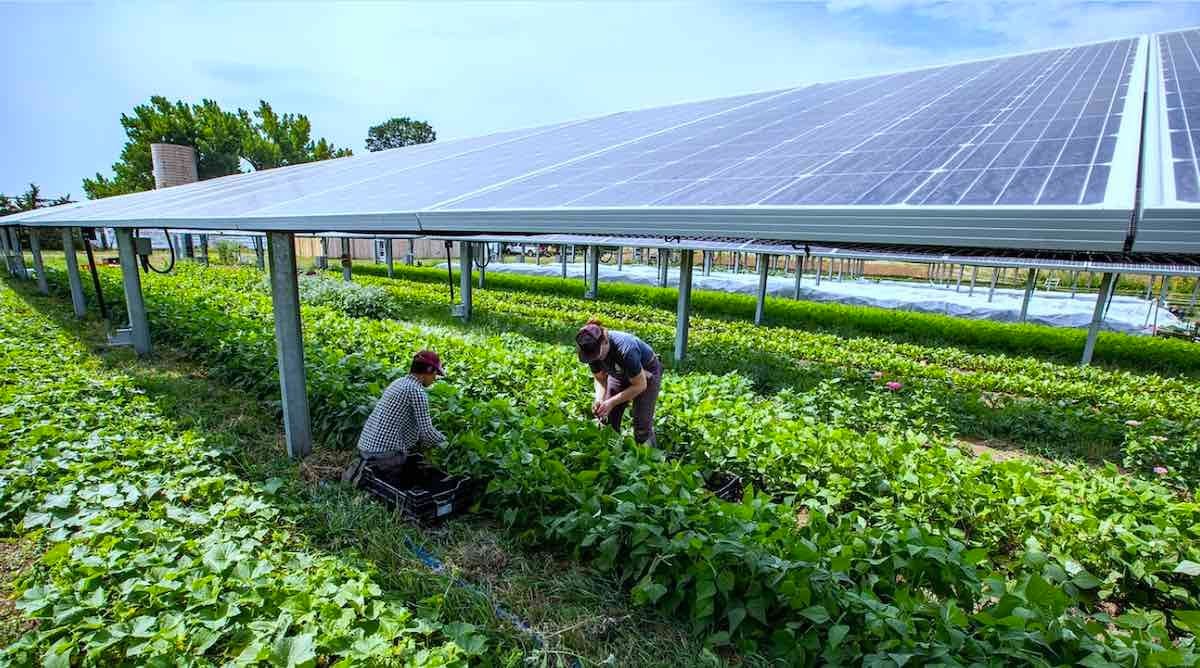Puerto Rico coronavirus statistics for May 4
According to the Puerto Rico Health Department, 1,843 people have tested positive for COVID-19, an increase of 472 since last week. The death toll is currently 97, with 34 of those having died in the past week. The precise number of total tests performed has not been divulged for more than a week, although Health Secretary Lorenzo González Feliciano claims that it is approximately 30,000. If accurate, it would represent more than double the number of tests performed by April 20. The region comprising the Puerto Rico Metropolitan Area and its surrounding municipalities has the highest number of confirmed cases, with San Juan, Guaynabo and Bayamón experiencing the most infections. This week also saw the largest single-day increase in new cases; on May 1, 82 new cases were reported.
Last week, Governor Wanda Vásquez Garced announced that her latest executive order, Executive Order 2020-038, would extend the stay-at-home order until May 25. However, the executive order also permits several categories of workers to resume limited operations on May 4. This includes engineers, accountants, real estate workers, car inspectors, plumbers, and taxi drivers, among others. While the governor did not mention whether Puerto Rico had met the federal benchmark for determining whether it was prudent to begin reopening the economy—fourteen consecutive days of decreasing infection rates—she did mention that if the number once again increased, she would restore the stay at home order to its previous, more restrictive, form. If this does not happen, on May 11, both the construction and manufacturing industries will be allowed to resume operations.
Government seeks two-year moratorium on fiscal plan cuts
Citing the new circumstances brought about by the COVID-19 pandemic, the new government fiscal plan by the Puerto Rico Fiscal Agency and Financial Advisory Authority (AAFAF, in Spanish)seeks to suspend for two years the austerity measures previously adopted in accordance with the Financial Oversight and Management Board (FOMB). It also operates under the assumption that Puerto Rico will not have the surpluses it expected to use to pay bondholders—a surplus that was critical to the finalization of the debt-restructuring agreements that had previously been secured.
While previous drafts of the current fiscal plan had taken the potential of a COVID-19 outbreak into account, this did not prevent it from contemplating a $2.24 billion dollar adjustment to the budget from 2020 to 2025, or payouts to bondholders totaling $5.3 billion. The new numbers, thus, represent a sea-change in AAFAF and the government’s postures. “Currently the austerity discourse is no longer sustainable before what is, one has to say, a grim forecast,” said Oscar Marrero, AAFAF executive director and the government’s representative before the Board.
According to the fiscal plan’s new projections, Puerto Rico’s GDP for the current fiscal year is expected to drop 3.6%, compared to the original estimate of 0.2%. In the subsequent fiscal year, the GDP is expected to drop by 7.8%, instead of the originally estimated 1.5% decrease. Economic sectors such as tourism could show a drop in earnings of up to 50% in fiscal year 2021. Already baked into these projections are the $12.7 billion in pandemic aid funds Puerto Rico is expected to receive from the federal government.
Earthquake strikes Island, again.
A 5.4-level earthquake rocked Puerto Rico on Saturday morning, causing structural damage to buildings in Ponce’s urban center and other areas. The earthquake, the first of such a magnitude since a series of tremors displaced thousands in January and February, adds yet another complication to the Island’s continued state of crisis. Like those earthquakes, this Saturday’s quake was most strongly felt on the south of the Island, particularly Ponce, Peñuelas, Guanica, Guayanilla and Yauco.
Public utility stations were not damaged. Governor Vásquez Garced traveled to Ponce to inspect the damage, and declared that her administration would be evaluating the damage with Emergency Management and FEMA.
Disbursement of $1,200 aid checks finally begins
Weeks after people in the United States began receiving $1,200 aid checks approved under the CARES Act, residents of Puerto Rico had yet to see them as late as last week, eliciting complaints from people, including San Juan mayor Carmen Yulín.
After finally obtaining U.S. Treasury Department approval for the distribution of the funds, the Puerto Rico Treasury Department announced last Friday that it would begin working to ensure that residents entitled to those funds would obtain them. In a statement, Governor Vásquez Garced announced that “nearly 230,000 people will see the aid reflected in their bank accounts between [Saturday] and Monday.”
The first people to receive their checks will be individuals who filed tax returns for 2019 and had provided bank account information.
Share
STAY IN THE LOOP
Subscribe to our free newsletter.
La organización BoricuaActivatEd celebró su séptimo aniversario con reconocimientos al líder de la red evangélica Esperanza y de la comunidad boricua de Filadelfia, Luis Cortés, y el legendario artista Antonio Martorell. Cortés, premiado por su
tudy: Economy leading factor for Puerto Ricans moving to Florida A new survey unveiled Monday in Washington, D.C. sheds new light on factors contributing to Puerto Ricans moving to the state of Florida. The Puerto
New federal funds for solar, battery storage announced The Department of Energy (DOE) on Thursday announced a conditional commitment to finance new solar and battery storage facilities on the southern coast of Puerto Rico. The investment




